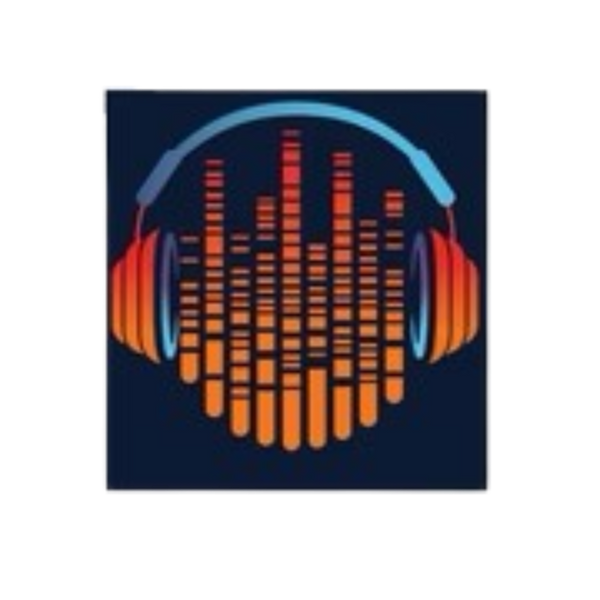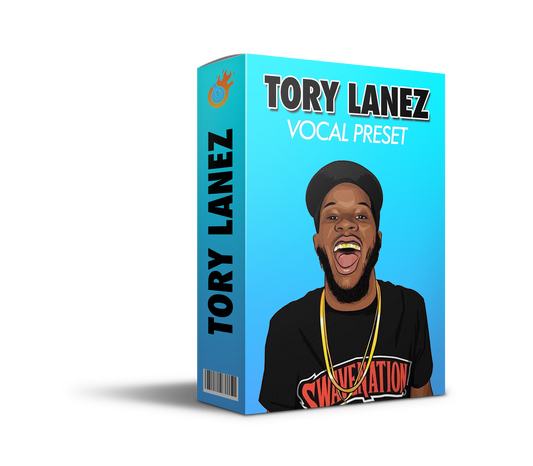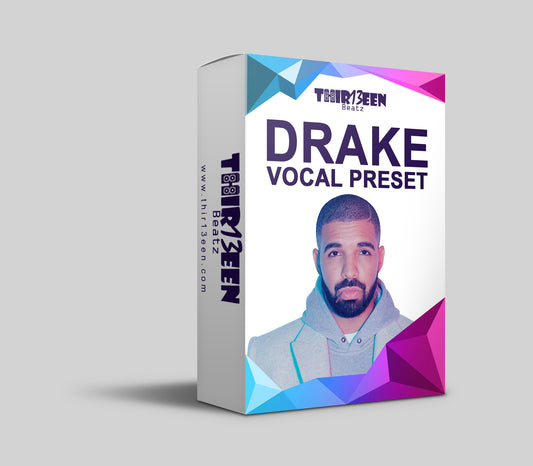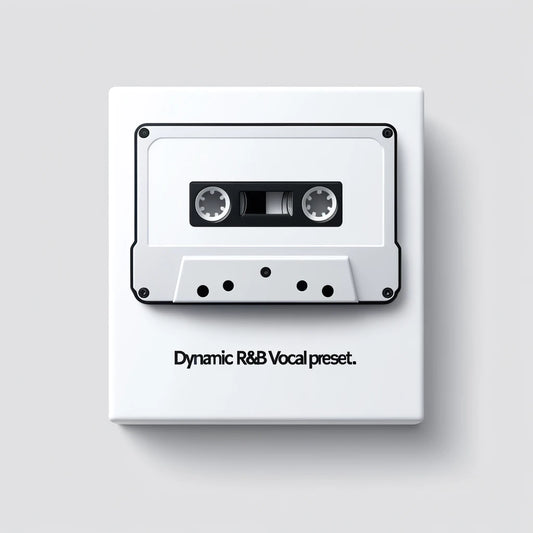Intro to Electric Guitar EQs
Navigating the world of electric guitar EQ is crucial for any music producer aiming to craft the perfect mix.
As a seasoned producer myself, I've learned that EQ is more than just tweaking knobs; it's about understanding the soul of the guitar and how it fits within the tapestry of your track.
This guide is designed to demystify the process, providing you with the knowledge to bring out the best in your electric guitar recordings.
Understanding Guitar Frequencies
Electric guitars emit a wide range of frequencies, from deep lows to shimmering highs. Understanding this frequency range is key to effective EQing. Here's a breakdown:
Lows (20 Hz - 250 Hz): These frequencies add warmth and body to your guitar sound. However, too much can cause muddiness.
Mids (250 Hz - 2 kHz): The heart of the guitar's tone lives here, dictating its presence and character in the mix.
Highs (2 kHz - 8 kHz): These frequencies contribute to the clarity and definition of the guitar, making each note distinct.
Balancing these elements is crucial. The lows ensure the guitar feels full, the mids guarantee it cuts through the mix, and the highs keep it crisp and articulate.
The Role of EQ in Mixing Guitar
EQ plays a pivotal role in mixing guitar, shaping its sound to fit seamlessly within the track. It's about finding balance and harmony.
Basics: Start with subtle adjustments. Boosting or cutting too much can quickly lead to an unnatural sound.
Impact on the Mix: Proper EQing ensures the guitar doesn't overshadow other instruments. It should complement, not dominate.
Achieving Balance: Use EQ to carve out space for each element. For example, if vocals occupy the mid-range, consider cutting some mids from the guitar to avoid clashing.
Tips:
- Cut before boosting to avoid adding unnecessary noise.
- Use high-pass filters to eliminate low-end rumble not needed for the guitar.
- Listen to the guitar in the context of the full mix, not in isolation.
Balancing the guitar in the mix requires patience and a keen ear. With practice, EQ becomes a powerful tool to enhance your guitar's sound.
Also Read: The Best Microphone for Recording Vocals
Crafting Highs and Lows in Chords
Crafting the perfect balance of highs and lows in guitar chords is crucial for clarity and warmth in your mix.
Techniques for Clarity:
- Gently boost the highs (around 5 kHz - 8 kHz) to add clarity and make the chords sparkle.
- Use a high-pass filter to remove low-end muddiness, typically below 100 Hz.
Balancing Brightness and Warmth:
- For warmth, slightly enhance the lower mids (around 200 Hz - 400 Hz) without overpowering the mix.
- Balance brightness by carefully adjusting the high mids (2 kHz - 4 kHz) to avoid harshness.
Tips:
- Always EQ in the context of the full mix; soloed adjustments might not translate well.
- Experiment with notch filters to eliminate specific frequencies that cause muddiness or harshness.
Balancing highs and lows ensures your guitar chords contribute to a full and dynamic mix, complementing other instruments.
The Electric Guitar EQ Guide
EQing an electric guitar involves strategic adjustments to enhance its sound within a mix. Here’s a step-by-step guide to common EQ settings:
-
Identify the Goal: Determine what you want to achieve with EQ. Do you need more clarity, warmth, or presence?
-
Start with a Clean Slate: Begin with flat EQ settings. Listen to the guitar in the mix, identifying frequencies that need adjustment.
-
Cut the Lows: Use a high-pass filter to cut frequencies below 80 Hz to reduce muddiness. This is crucial for cleaner mixes.
-
Manage Mids: Adjust mid frequencies (250 Hz - 2 kHz) to define the guitar's character. Cut for clarity, boost for warmth.
-
Adjust Highs: Enhance highs (above 2 kHz) for brightness and articulation. Be moderate to avoid harshness.
Common EQ Settings:
- For Rhythm Guitar: Slight cut around 300 Hz to make room for vocals. Boost around 5 kHz for presence.
- For Lead Guitar: Boost around 1.5 kHz for prominence. Gentle high-end boost for clarity.
- For Solos: Slight boost around 2 kHz and 6 kHz to stand out in the mix.
Achievements:
- High-pass Filtering: Removes low-end rumble, cleaning up the mix.
- Mid-frequency Management: Defines the guitar's place in the mix, ensuring it doesn't clash with other mid-heavy instruments.
- High-frequency Enhancement: Adds sparkle and detail, making the guitar parts more distinct.
Remember, EQ settings depend on the mix context and desired guitar tone. Experimentation and subtle adjustments are key to finding the perfect sound.
Also Read: FL Studio vs Logic Pro x
Practical EQ Settings for Different Genres
Tailoring your guitar's EQ settings to fit different genres can dramatically affect your mix's overall feel and authenticity.
Rock: Boost around 100 Hz for punchy lows. Cut slightly at 500 Hz to avoid muddiness, and boost around 3 kHz for aggression in the mid-highs.
Blues: Enhance warmth and body by boosting slightly around 250 Hz. Maintain clarity by cutting a bit at 1 kHz, and add a subtle boost around 6 kHz for expressiveness.
Jazz: For a smooth sound, cut lows below 80 Hz, boost a little at 200 Hz for warmth, and roll off highs above 5 kHz to soften the tone.
Examples:
- Rock: Low boost at 100 Hz, mid cut at 500 Hz, high boost at 3 kHz.
- Blues: Low boost at 250 Hz, mid cut at 1 kHz, high boost at 6 kHz.
- Jazz: Low cut below 80 Hz, low-mid boost at 200 Hz, high cut above 5 kHz.
Adjusting EQ settings according to genre helps your guitar blend perfectly with the mix, capturing the essence of each musical style.
Advanced Mixing Techniques
Advanced mixing techniques involve using EQ alongside other effects to achieve a professional sound.
Combining EQ and Compression: Apply EQ before compression to remove unwanted frequencies, ensuring the compressor works on the sound you want to enhance. Post-compression EQ can then fine-tune the tone.
EQ and Reverb: Use EQ on your reverb sends to tailor the space around your guitar. Cutting lows from the reverb prevents muddiness, and shaping highs can make the reverb sit better in the mix.
Layering Effects: Start with EQ to shape the basic tone, add compression to control dynamics, and then apply reverb for depth. Use additional EQ if needed to blend the effects smoothly.
Using EQ in tandem with compression and reverb allows for a more refined and polished guitar sound, essential for a professional mix.
Common EQ Mistakes to Avoid
Avoiding common EQ mistakes is crucial for achieving a clear and balanced mix.
Over-EQing: Too much boosting or cutting can make tracks sound unnatural. Aim for subtle adjustments.
Ignoring Context: EQ decisions should be made while listening to the mix as a whole, not in isolation.
Neglecting High-Pass Filters: Use high-pass filters to remove low-end rumble from tracks that don't need it, clearing up the mix.
Forgetting to A/B Compare: Regularly toggle your EQ on and off to ensure your changes are improvements, not just different.
Steering clear of these pitfalls will help maintain the integrity of your mix, ensuring each element shines without overshadowing others.
A Glossary of EQ and Audio Terms
Understanding EQ and audio terms is essential for effective mixing. Here's a glossary of common terms every beginner should know:
EQ (Equalization): Adjusting specific frequency bands to shape the sound of an audio track.
Frequency: The rate at which an audio signal vibrates, measured in Hertz (Hz), affecting the pitch of the sound.
High-Pass Filter: Removes low frequencies below a certain point, allowing highs to pass through.
Low-Pass Filter: Cuts high frequencies above a certain threshold, letting lows pass.
Mid-Range: Frequencies between 250 Hz and 2 kHz, crucial for the presence and clarity of instruments.
Gain: The level of increase or decrease in signal strength, often used in EQ to boost or cut frequencies.
Bandwidth (Q): The range of frequencies affected around a selected frequency in an EQ.
Compression: Reducing the dynamic range of an audio signal, making loud sounds quieter and quiet sounds louder.
Reverb: An effect that simulates the sound of an audio signal bouncing off surfaces in a space, adding depth.
Familiarizing yourself with these terms will enhance your understanding and application of EQ in your mixes.
Keep Reading: The Best Party Speakers
Concluding our Electric Guitar EQ Guide
This guide has walked you through the essentials of EQing electric guitars, from understanding the importance of frequencies to advanced mixing techniques.
Key takeaways include the significance of subtle EQ adjustments, the impact of EQ on the guitar's role within a mix, and the importance of using EQ in conjunction with other effects for a polished sound. Remember, the goal of EQ is not just to alter sound but to enhance the musicality and emotion of your tracks.
I encourage you to experiment with the techniques and settings discussed. Each track and mix situation is unique, and there's no one-size-fits-all approach.
Continuous learning and experimentation are crucial in developing your skills as a music producer. Embrace the journey, and let your creativity and ears guide you to crafting mixes that resonate with listeners.









